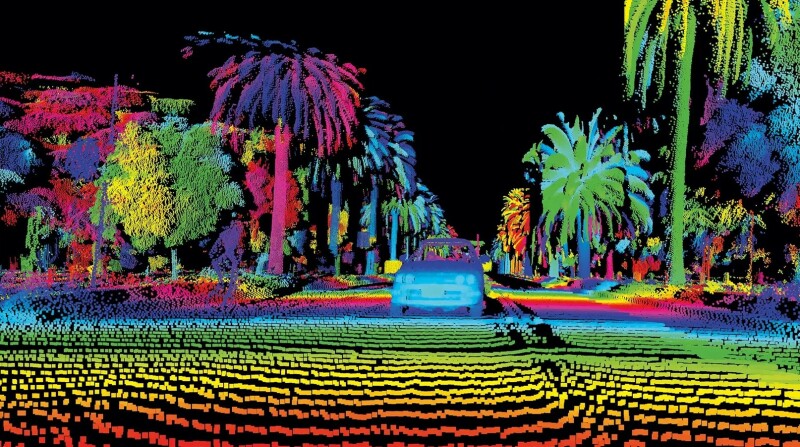What is integrated photonics?
Those who have been following acquisitions from lidar manufacturers active in the automotive space might have noticed a specific interest in laser chip companies, showing how the automotive industry is preparing itself for the next generation of self-driving cars’ mapping and navigation systems.
Integrated photonics - or optical chip technology - uses light (photons) to generate, process, and transmit light. We speak of “integrated photonics” when Photonic Integrated Circuits (PICs) combine two or more photonic functions into a single chip to create new, faster, and more energy efficient devices. Leveraging the power of light, PICs are highly effective at processing and transmitting data, for example, through fiber optic cables and other communication, sensor and digital devices. Photons are capable of high bandwidth and are unaffected by electronic interference. Also, they are faster and more sustainable than current solutions such as silicon.
How will integrated photonics benefit self-driving cars?
Integrated photonics has been around for some time, but its potential for automotive has only recently been recognized by lidar manufacturers, especially those in automotive. Recent announcements of lidar-equipped self-driving vehicles show a single system containing multiple sensors. After all, more often translates to better. But in the case of lidar, the trend is to do more with less and ideally produce a lidar system consisting of only a single photonic chip - a truly solid-state, monolithic lidar. Such a system would drive down production costs and be easier to integrate with other components of a lidar system, resulting in smaller but more productive systems with higher performance and the capability to measure speed of the registered objects in addition to its shape and location.
Which companies are leading the way?
Luminar is a prime example of a lidar manufacturer that wants to offer car manufacturers as much technology as possible when it comes to lidar. For this reason, they acquired Freedom Photonics, a high-performance laser manufacturer from Santa Barbara, CA, in March 2022. The company’s high-powered laser and their related photonic integrated circuit technologies will help optimize Luminar's performance and advance the cost roadmap of their future sensors, explained Luminar co-founder and chief technology officer Jason Eichenholz.
A second example of a company that illustrates the buzz around photonic chips for lidar is Germany-based Scantinel Photonics. This startup announced an extended Series A raise of €10 million in November 2022, and claims its photonic chip-driven lidar sensor has a detection range reaching beyond 300 meters.
Resources:
- The Power of Integrated Photonic LIDAR
- Are We There Yet? How Optical Chips Are Setting The Pace On The Road To Automotive Innovation
- Photonic integrated circuits (PICs)
- Luminar acquisition brings high-performance laser capabilities in-house
- German LiDAR outfit Scantinel seals extended €10 million series A






